In the past, most of the people were using the left side of the road.
There was a very plausible reason for this. In the past centuries, it wasn’t possible to know whether someone coming from across the road was an enemy or a friend.
Since people were using mostly their right hands, they were going on the left side of the road and keeping their left safe so that they were able to reach easily to their swords if a danger approaches. Travelling on the left side of the road was formalized first in the 1300s.
The Pope told the pilgrims to travel on the left side of the road so that they wouldn’t cause any chaos.
There are countries in the world where traffic flows from both left and right.
However, today, nearly in the most of the world traffic flows from the right.
Only 33% of the world prefers left.
Some of these countries are England, Japan, Australia and South Africa.
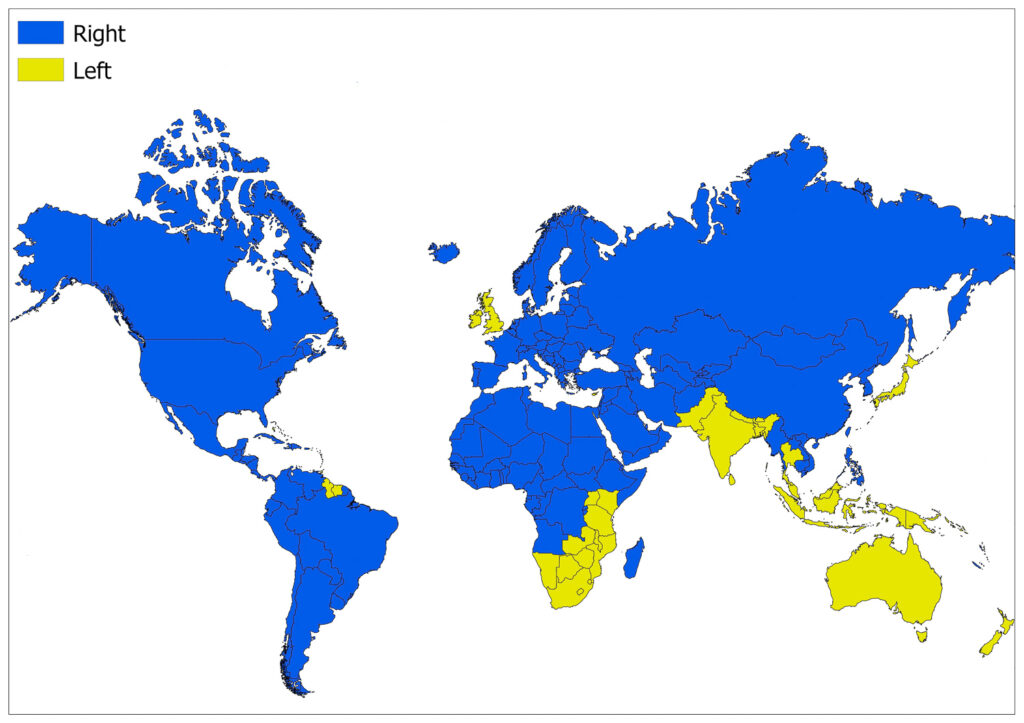
Napoleon Effect
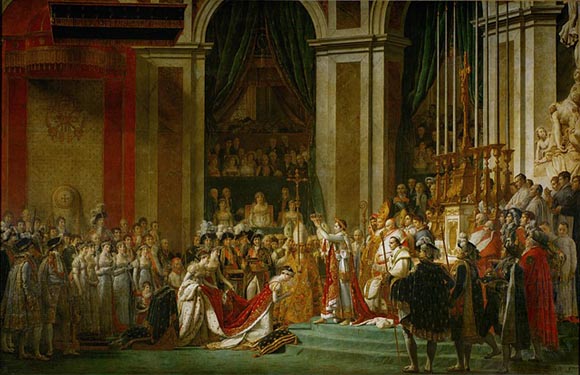
In the late 18th century, there were no driver’s seats in US postal vehicles, and the driver was sitting on the back and on the horse on the left. This made it more difficult to control the road when you used the left side of the road.
Soon the traffic in the US began to operate on the right. During the French Revolution, Maximilien Robespierre, leader of the Revolutionary, demanded that people go from the right side of the road in Paris.
After a while, Napoleon, himself a left-handed, commanded his trucks to go right from the roads, and in every country, he occupied he passed on this practice life.
Since Britain could never be captured by Napoleon, the British have not abandoned their habit of using the left side of the road. They continued this procedure in all former colonies, such as Australia and India.
Already in the British, unlike the Americans, the driver was sitting on top of the car and on the right. With the development of modern car technology, the driver’s seat and steering wheel in the US were appropriately put on the left.
In Britain and its former colonies, the bill for getting the traffic on the right is so big that they can not easily switch.
You can see the countries where the traffic flows from the left and the right on the above map. The south of the Africa continent, India, Australia and New Zeland where traffic flows from the left. The whole list is at the bottom of the page.
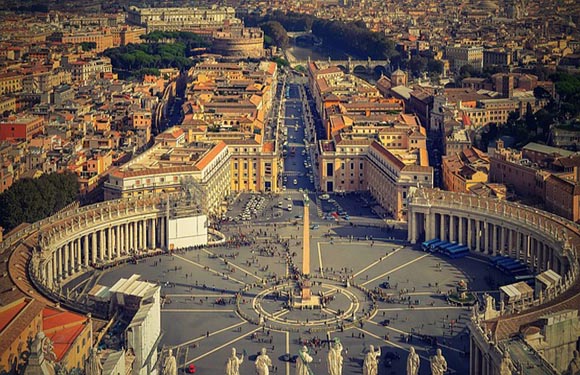
The traffic flow from left was provided by Italy in 1300, by the pope Boniface 8th. The vast majority of European countries have subsequently abandoned this rule. But Britain did not change its position.
In Japan, traffic also flows from the left. Neither Japan nor Britain are satisfied with this system.
In England, which wanted to adapt to Europe, studies were made in 1960 to change the direction of traffic flow. However, this idea has been abandoned when it turns out that this change will cost billions of pounds.
In Japan, using left-hand drive vehicles is considered a prestige symbol.
Many Countries Changed
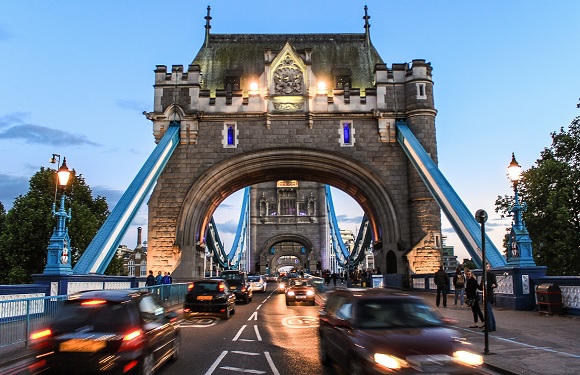
While many countries such as Canada, Italy, China, Sweden, USA and Iceland are among those who change the flow of traffic from left to right, the only example that changes the system from right to left is Okinawa.
The traffic that flowed from the left until 1945 on the Adabas began to flow right during the dominance of Americans until 1972. When the island was given to the Japanese, the flow of traffic was again left.
Driving Standards and How They Changed
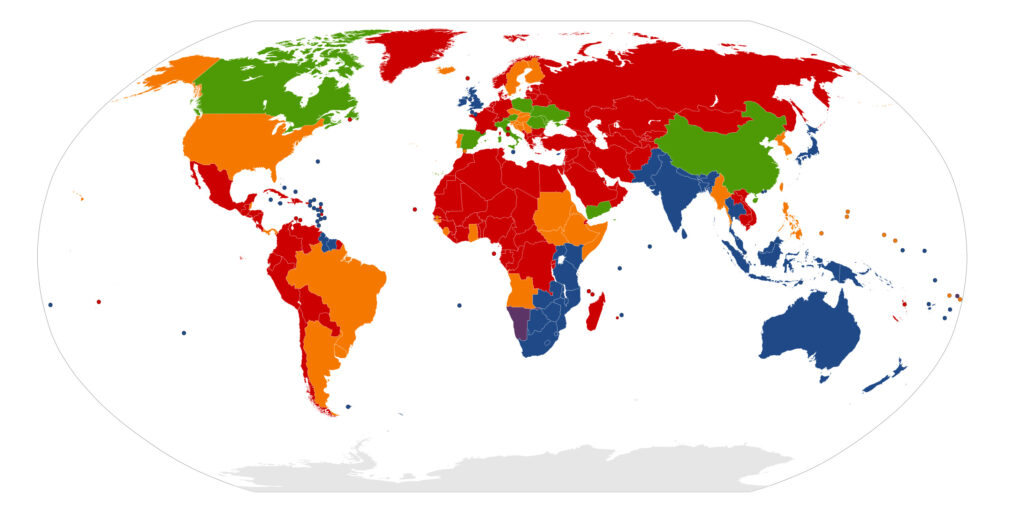

Features of Right Hand and Left Hand Traffic
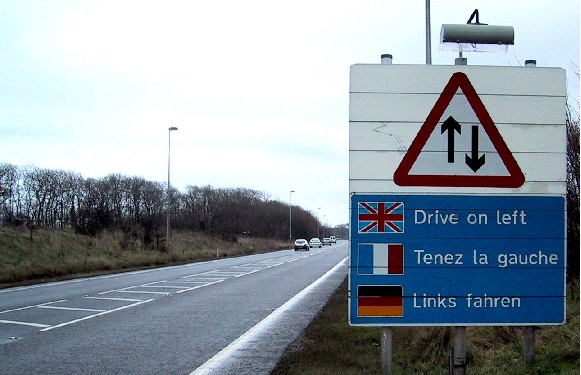
Features of the Left-Hand Traffic
- The traffic flows from the left, only the right lane can be used to pass the vehicle in front.
- The traffic from the opposite direction is on the right.
- Most traffic signs are on the left side of the road where drivers can see.
- Vehicles turn clockwise as they return from traffic hubs.
- When the rails cross over, they first look to their right.
- The vehicle’s driver’s seat is on the right.
- Where there is no sidewalk, pedestrians must walk from the right side of the highway.
Features of the Right-Hand Traffic
- The traffic flows from the right, only the left lane can be used to pass the vehicle in front.
- The traffic from the opposite side stays on the left.
- Most traffic signs are on the right side where drivers can see.
- In the traffic hubs, when the cars turn, they turn clockwise in reverse.
- When the rails cross over, they first look to their left.
- The vehicle’s driver’s seat is on the left.
- Where there is no sidewalk, pedestrians must walk from the left side of the highway.
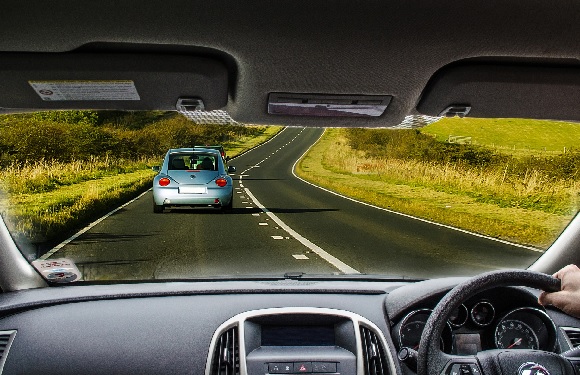
List of Countries that Traffic Flows on The Left
- Alderney
- Anguilla
- Antigua and Barbuda
- Australia
- Bahamas
- Bangladesh
- Barbados
- Bermuda
- Bhutan
- Bostvana
- Britain
- Brunei
- Cayman Islands
- Christmas Island
- Cocos Islands
- Cook Islands
- Dominica
- East Timor (1928-1976 right)
- Falkland Islands
- Fiji-Grenada
- Guernsey
- Guyana
- Hong Kong
- India
- Indonesia
- Ireland
- Isle of Man
- Jamaica
- Japan
- Jersey
- Kenya
- Kiribati
- Lesotho
- Macau
- Malawi
- Malaysia
- Maldives
- Malta
- Mauritius
- Montserrat
- Mozambique
- Namibia (1918)-Nauru (1918)
- Nepal-Niue-Norfolk Island
- New Zealand
- Pakistan
- Papua New Guinea
- Pitcairn Island
- Republic of Cyprus
- Saint Helena
- Samoa (2009)
- Seychelles-Singapore-Solomon Islands
- South Africa
- Sri Lanka
- Suriname
- Swaziland
- Tanzania
- Thailand
- Tokelau
- Tonga
- Trinidad and Tobago
- Turkish Republic of Northern Cyprus
- Turks and Caicos Islands
- Tuvalu
- US Virgin Islands
- Uganda
- United Kingdom
- United Kingdom Virgin Islands
- Zambia
- Zimbabwe
Countries Where the Traffic is Left Hand (by Continent)
Australia
- Christmas Island
- Cocos (Keeling) Islands
- Cook Island
- Fiji
- Kiribati
- Nauru
- New Zealand
- Niue
- Norfolk Island
- Papua New Guinea
- Pitcairn Islands
- Solomon Islands
- Samoa
- Tokelau
- Tonga
- Tuvalu
Asia
- Bangladesh
- Bhutan
- Brunei
- East Timor
- Hong Kong
- Indonesia
- India
- Japan
- Macao
- Malaysia
- Nepal
- Pakistan
- Singapore
- Sri Lanka
- Thailand
Africa
- Botswana
- Kenya
- Lesotho
- Malawi
- Mauritius
- Mozambique
- Namibia
- South Africa
- Swaziland
- Tanzania
- Uganda
- Zambia
- Zimbabwe
Europe
- Akrotiri and Dhekelia
- Cyprus
- Guernsey
- Ireland
- Isle of Man
- Jersey
- Malta
- United Kingdom
South America
- Guyana
- Suriname
- Caribbean Basin
- Anguilla
- Antigua and Barbados
- Bahamas
- Barbados
- British Virgin Islands
- Cayman Islands
- Dominica
- Grenada
- Jamaica
- Montserrat
- Saint Kitts and Nevis
- Saint Lucia
- Saint Vincent and the Grenadines
- Trinidad and Tobago
- Turks and Caicos Islands
- U.S. Virgin Islands
Other Islands
- Bermuda
- Falkland Islands
- Maldives
- Saint Helena, Ascension and Tristan de Cunha
- Seychelles
- South Georgia and South Sandwich Islands